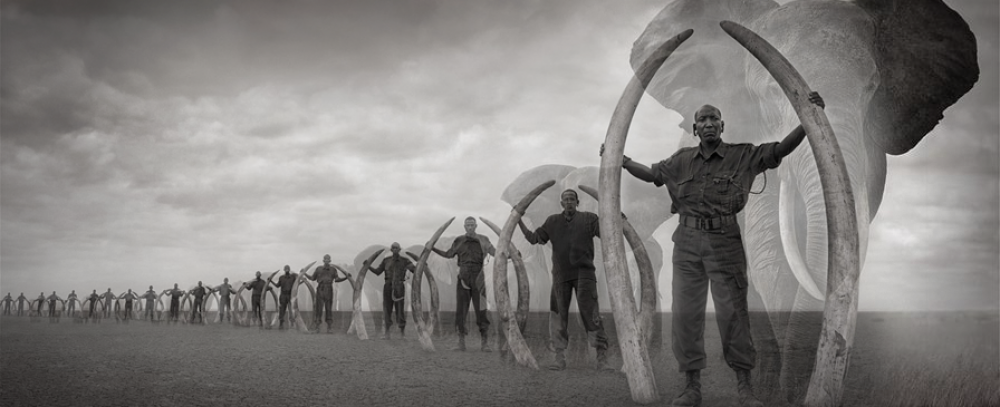The demand for ivory has historically been widespread across the entire globe due not only to its beauty and workability, but introduction of ivory into other countries as a diplomatic gift served to promote it as a symbol of status and wealth. Today, ivory is in demand mainly in a number of Asian countries where it is used to make a variety of objects from elaborate carvings to traditional name stamps.
China and Japan are currently the only approved countries that are allowed to import ivory, however they are also some of the largest consumers of illegal ivory due to failure to properly control their imports. Much of the difficulties in tracing ivory come from the fact that since the 1989 ban there have only been a few sanctioned sales, however the black market for ivory is large and growing. Despite the fact that ivory is supposed to be carefully monitored in China and Japan, the sale of ivory within African countries is not illegal and therefore many smuggling rings exist in which Chinese or Japanese buyers can be ‘sold’ ivory in Africa and then have it smuggled into Asia.

officials inspect a seized shipment of illegal ivory tusks
(picture from nytimes.com)
It is generally assumed that for “general goods” contraband, a 10% seizure rate is considered successful for customs. Between August 2005 and August 2006 over 25,000 kg of ivory were seized, with a large number of suspected un-seized shipments. Assuming the 10% seizure rate this would actually correspond to around 250,000 kg of illegal ivory, or around 38,000 poached elephants.
